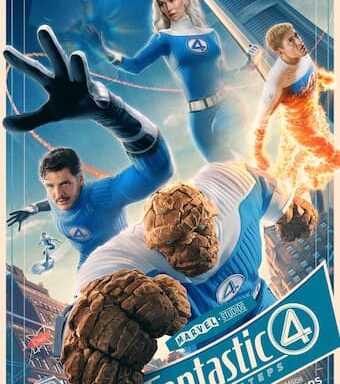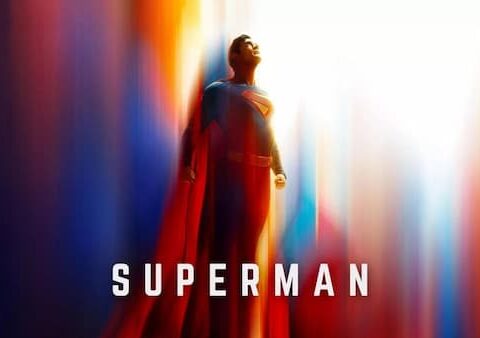You know, I have to be honest and say that I didn’t enjoy the Death of X event very much at all.
Which shouldn’t have been the case.
After all, I’m a lifelong X-Men aficionado and fan-boy and I also happen to love the Inhumans – especially what has been going on in recent years with the Inhumans. In fact, one of the books I’ve enjoyed the most in the last year or so has been the short-lived All-New Inhumans series; and another would be the current Uncanny X-Men title.
So bringing the two worlds together for what is meant to be a very significant event and story should’ve amounted to something solid, if not necessarily great.
What I encountered instead in Death of X #1 baffled me.
Firstly the art is horrible.
I’m not sure I’ve ever seen all of these characters rendered so badly – both X-Men and Inhumans alike. Maybe I’ve been spoilt by the kind of art I’ve been seeing in the pages of Uncanny X-Men or All-New Inhumans, among others, but the renderings are so bad here that it actually really does distract me from being able to enjoy the story.
There’s a glaring phoniness to the entire thing, largely because no one looks right. I smelt trouble right away, as the problem is evident on the first pages.
The Inhumans in particular as so poorly presented. Every one of the characters coming off the R.I.V looks awful; but Crystal looks the worst. Again, I have been particularly enamoured with how the characters – especially Crystal – have been rendered in the All-New Inhumans pages, and so I asked myself if I was being unfair here by reacting to it in comparison.
But, no, the more you read on, the more you realise that this book is just visually a fail. I have never seen Crystal look this bad.
Often in comic books – especially ‘event’ comics – you have a problem where lots of guest characters are being drawn by someone other than their usual artists: consequently, sometimes you end up with characters not quite looking or feeling right. A lot of the time, this slight dissonance is tolerable: you just accept it and try to enjoy the story anyway. There is also a question of simple interpretation: different artists interpret the same characters differently, and that too is a quirk of comic books and something you learn to live with.
What we get in Death of X #1, hoever, is a step beyond either of those: these characters just don’t look, feel or translate right.
To compound matters, the other accompanying problem that was detectable right away is that the dialogue felt phoney and unconvincing too.

When Crystal, Gorgon and the others are talking in the opening pages, virtually everything feels like scripted, phoned-in dialogue that the characters wouldn’t actually say. In the hands of a writer who cared about or understood the characters, they wouldn’t be speaking like this: instead they feel like chess-pieces spouting out exposition dialogue for the sake of the plot and not like the real, legitimate versions of themselves.
The Inhumans have this problem here a little more than the X-Men, but both sets of characters experience this problem to one extent or another.
As a reader, the problem is therefore enormous from the very beginning: I want to read and enjoy this story, but I’m looking at unconvincing, 4th-Wall-Breaking visuals that draw me out of the story, and I’m also reading unconvincing dialogue that renders characters even more unconvincing. There is even an image or two here where I noticed that Illyana (Magik) and Emma Frost don’t even have *faces* drawn in properly. I don’t know if this is artistic choice or if its just laziness or neglect, but the effect is terrible.
For a story that has been planned for so long and an event that has been so choreographed ahead of time, this is kind of unforgivable.
The story itself is reasonably interesting, raises some fair questions, touches on some interesting themes: but the problems caused by the visual experience and some of the unconvincing dialogue and behaviour make it difficult to enjoy even the potentially good elements. For someone generally invested in these characters and in both the X-Men and Inhumans mythologies, this is incredibly frustrating.
The death of Jamie Maddrox is pretty grim stuff. The politics of this storyline – the life-or-death conflict of interests between the Mutants and the Inhumans – are very engaging (and are better explored elsewhere, away from this specific title) and deserve better exploration than this book is capable (due to its presentation failings) of delivering.
Is there anything pleasant about Death of X #1? I like the ‘Death of X’ logo/lettering – very dynamic and dramatic. I also thing the cover is very dynamic and attention-grabbing too. But that’s about it.
I had hoped things would improve substantially in Death of X #2 and that the problems in #1 were just a misfiring start. However, Death of X #2 inherits the same issues. Too often, characters’ actions and dialogue feel like mere chess-pieces being moved about in stale fashion by writers. And characters – the Inhumans in particular – continue to be rendered poorly.
There are a couple of brighter moments. The brother/sister moment between Illyana and Colossus rings a little more true than anything else, while the Storm/Medusa encounter, seeking to find a mutual solution to the crisis and bypass Scott’s fanatical actions, feels a little better and more real than what Scott and Emma are doing.
Speaking of Emma and Scott – Emma in particular – the problem isn’t just the extreme actions they take, as their position is arguably justified. It’s the extent of casual racism and prejudice that Emma in particular shows towards the Inhumans that is most unsettling.
I know Emma is hardly an angel, but something about this just doesn’t ring quite true. In effect, it also makes Emma an intensely unlikeable character – and I don’t know if that was the intent of the writers or not.
As the story builds to its climax in Death of X #4, we find out that Emma is actually doing all of this alone – that she is a total, obsessed fanatic who seems to have lost her mind somewhat.
The misunderstanding between Storm’s Mutants and Crystal’s Inhumans in Death of X #3 also rings false and again seems like a contrived plot-device by writers who need to take the story in a certain direction and less like a believable incident involving believable characters.
The big finale, with Scott and his people facing off against Black Bolt, Medusa and the Inhumans, is utterly lacking in any emotional or dramatic punch.
By now, I just want to get this story over with and move on. As it happens, what we think we’ve been seeing isn’t quite what we think we’ve been seeing. The surprise twist at the end – revealed by Emma to Alex Summers – is actually pretty interesting and unexpected, rending the preceding events in a different light. It isn’t enough to compensate for the across-the-board lack of quality in the preceding four comic books, but it does allow the event to end on some semblance of a meaningful, intriguing note.
It also paints Emma Frost as a bit of a mad lunatic. There might be a touch of genius to her actions too; but the overwhelming sense is of a lady who is off her rocker.
As an epilogue (for now) for Scott Summers, this ending perhaps is symbolically and thematically appropriate – had the preceding couple of months of storytelling in Death of X been of a better standard, this could’ve been a much more powerful finale. As it is, the impact is blunted and very limited.
Death of X ends with a whimper and not a moment too soon. Thankfully, Inhumans Vs X-Men turns out to be an event of a much higher standard.




